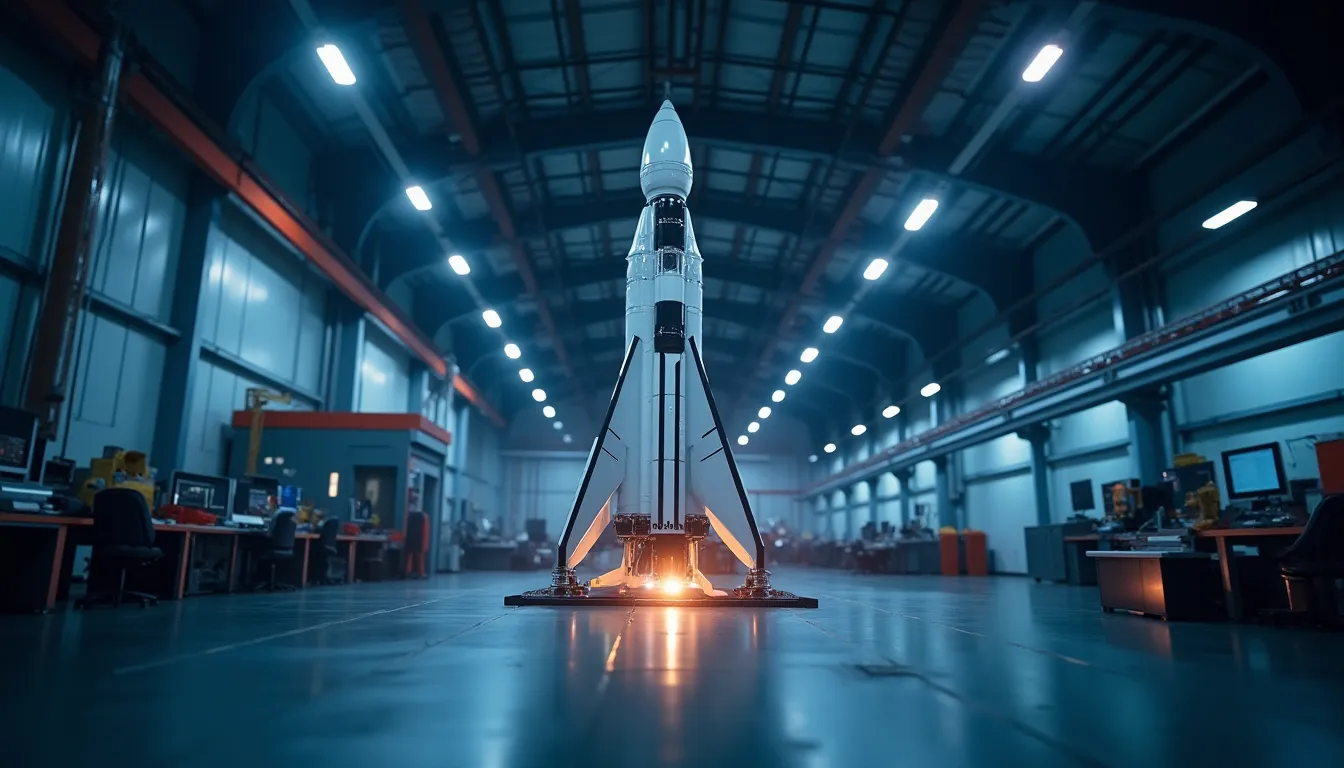In a remarkable demonstration of aerospace engineering and operational efficiency, SpaceX’s Starlink program has officially exceeded the milestone of 10,000 satellites launched into low Earth orbit (LEO). This achievement, reached on October 19, 2025, involved a double launch of 56 satellites using two Falcon 9 rockets, a testament to SpaceX’s innovative approach to satellite deployment and their commitment to expanding global internet access.
Milestone Achievements and Launch Cadence
As of October 2025, approximately 8,680 Starlink satellites remain in orbit, with 8,664 actively operational. The remaining satellites are undergoing deorbiting processes, highlighting the dynamic lifecycle management of SpaceX’s satellite constellation. The orbital lifespan of each satellite is approximately five years, necessitating a robust launch schedule to maintain service levels.
The recent milestone coincided with SpaceX’s 550th Falcon 9 mission, showcasing an unprecedented launch cadence with 139 Falcon 9 launches already completed in 2025 alone. With projections to reach around 150 launches by the end of the year, SpaceX is on course to set a new industry record. Notably, one Falcon 9 booster was reused for the 31st time, underscoring the reusability and cost-efficiency of their launch systems, which is critical for sustaining the rapid deployment of such large constellations.
Expanding the Starlink Constellation
SpaceX currently holds FCC authorization for 12,000 Starlink satellites but has ambitious plans to expand this number to over 30,000 satellites. Recent filings with the FCC also indicate a move towards launching 15,000 additional satellites dedicated to a Direct-to-Cell mobile satellite service. This service aims to leverage mobile satellite service spectrum previously acquired from EchoStar, significantly broadening the potential reach and applications of Starlink technology.
As of August 2025, Starlink serves over 7 million subscribers globally, a figure that continues to grow despite intermittent outages experienced in mid-2025. This widespread adoption reflects the increasing demand for reliable internet services, especially in underserved regions where traditional infrastructure is lacking.
Environmental Considerations and Challenges
The rapid expansion of satellite constellations like Starlink is not without its challenges. Independent experts have raised concerns regarding the potential environmental impact, particularly with the planned influx of satellites leading to increased rates of satellite reentries—estimated at 15 per day. The resultant input of metals into the upper atmosphere and the resulting shock waves from these reentries could have significant implications on the mesosphere’s chemistry, an area that demands further research and scrutiny.
This concern highlights the importance of integrating advanced navigation technologies, such as precision accelerometers and high-precision fiber optic sensing coils, which can enhance the operational safety and efficiency of satellite operations. These advancements not only improve tracking and navigation but also contribute to better management of orbital debris and reentry protocols.
Recent Launches and Operational Maturity
Following the milestone achievement, SpaceX continued its ambitious launch schedule with additional batches of 28 Starlink V2 Mini satellites launched on October 22 and October 25, 2025. These launches utilized Falcon 9 boosters with multiple successful previous flights, showcasing SpaceX’s operational maturity and the reliability of its launch system.
The continued development and deployment of the Starlink constellation are crucial not only for commercial connectivity but also for strategic defense applications. Growing interest from the defense sector is evident, particularly with contracts like that secured by Vantor, which is developing an intelligence satellite constellation for the U.S. Space Force capable of revisiting the same location on Earth up to 15 times per day. This indicates a shifting focus towards high-revisit, high-resolution satellite systems that are essential for modern defense and surveillance operations.
Geopolitical Context and Future Outlook
The strategic importance of satellite constellations is underscored by increasing geopolitical tensions, including recent activities involving Chinese satellite launches and Russian threats to UK satellites. This landscape emphasizes the need for robust satellite infrastructure not just for commercial use but also for national security.
As the industry continues to evolve, the integration of advanced sensor modules and professional gyro theodolites will play a pivotal role in enhancing the accuracy and reliability of satellite operations. These technologies are integral for both commercial applications and defense initiatives, ensuring that satellite constellations can meet the growing demands of global connectivity and security.
Conclusion
SpaceX’s achievement of launching over 10,000 Starlink satellites marks a significant milestone in the evolution of satellite constellations. As the program continues to expand, it presents both opportunities and challenges that will shape the future landscape of aerospace and defense. The implications of this rapid expansion on global connectivity, environmental health, and national security are profound, making it essential for industry stakeholders to engage in sustainable practices and innovative technologies to navigate this new era in space exploration and utilization.
References
-
Live coverage: SpaceX to surpass 2024 orbital launch … (spaceflightnow.com) - 10/25/2025 The Starlink 11-12 mission will add another 28 broadband satellites to the constellation of more than 8,700 spacecraft in low Earth orbit.
-
10000 Starlink satellites: What’s next for SpaceX? (www.youtube.com) - 10/24/2025 On Sunday, Oct. 19, 2025, SpaceX launched its 10,000th Starlink satellite to low Earth orbit. The milestone came less than a decade after …
-
Satellite photos show White House East Wing demolished … (www.space.com) - 10/24/2025 Satellite photos taken by Planet depict the demolition of the East Wing of the White House to make room for the planned Trump Ballroom.
-
Space Brief 24 Oct 2025 (keeptrack.space) - 10/24/2025 Today’s Space Brief covers China’s latest satellite launch, Russian threats to UK satellites, European defense strategies, and upcoming …
-
Vantor Wins New U.S. Space Force Contract (www.satellitetoday.com) - 10/23/2025 Vantor is designing its intelligence constellation with the ability to revisit the same location on Earth up to 15x per day and collect nearly 7 …
-
10000th Starlink satellite launched - SatNews (news.satnews.com) - 10/22/2025 SpaceX launched its 10,000th Starlink satellite on October 19th at 17.39 UTC. Some observers said there had been a malfunction but SpaceX …
-
SpaceX launches 28 Starlink satellites on 550th Falcon 9 … (spaceflightnow.com) - 10/22/2025 SpaceX launches 28 Starlink satellites on 550th Falcon 9 mission. October 22, 2025 Will Robinson-Smith. A SpaceX Falcon 9 rocket lifts off …
-
SpaceX Hits Milestone of More than 10000 Starlink … (www.satellitetoday.com) - 10/21/2025 SpaceX Hits Milestone of More than 10,000 Starlink Satellites Launched. By Rachel Jewett | October 20, 2025. Facebook …
-
What’s Up: October 2025 Skywatching Tips from NASA (science.nasa.gov) - 9/30/2025 A supermoon takes over the sky, the Draconid meteor shower peeks through, and the Orionid meteor shower shines bright.



